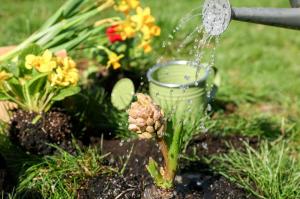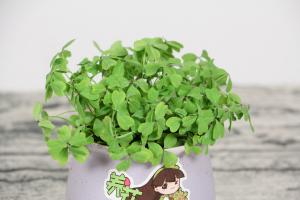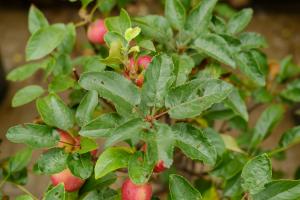Can You Plant Tomatoes Next to Beans?
Gardening is a remarkably rewarding hobby that not only provides us with fresh and healthy produce but also helps us connect with nature. However, for a successful garden, you need to choose the right combination of plants. You may have heard of companion planting, which involves planting certain crops together to enhance growth, deter pests, and increase yields. On that note, can you plant tomatoes next to beans? The answer is yes! Here's what you need to know.
The Benefits of Planting Tomatoes and Beans Together
While tomatoes and beans are two very different plants, they complement each other very well when planted together. Here's why:
Smaller footprint: Beans are a vertical plant that grow upwards, while tomatoes are a bushy plant that can spread horizontally. Planting them together means you can maximize space in your garden and get two crops from the same area.
Improved soil quality: Beans are a nitrogen-fixing plant that can enhance the soil's nitrogen levels, which tomatoes need to thrive. In return, tomatoes can provide shade and support for the beans.
Pest control: Tomatoes are susceptible to pests like aphids and whiteflies, while bean beetles are a common concern for bean plants. However, growing them together can deter pests, as the beans repel pests that are attracted to tomato plants, and vice versa.
The Best Ways to Plant Tomatoes and Beans Together
So, how do you plant tomatoes and beans together for optimal results? Here are some tips:
Choose the right varieties: Look for tomato and bean varieties that have similar needs for sunlight and soil. Some ideal bean varieties for companion planting with tomatoes include pole beans, bush beans, and runner beans.
Provide support: While beans can climb and support themselves, they can benefit from additional support from trellises or stakes, which can also serve as support for tomato plants. This can keep the plants off the ground, provide better air circulation, and prevent disease and pests.
Plant the beans first: Beans grow faster than tomatoes, so plant the beans first and give them a head start before planting the tomatoes. This can prevent the beans from being shaded by the tomato plants.
Rotate crops: To maintain the health of the soil and prevent disease, it's essential to rotate crops every year. So, avoid planting beans and tomatoes in the same spot year after year.
The Bottom Line
Companion planting can be an excellent way to boost plant health, yield, and flavor while reducing the need for pesticides and fertilizers. Tomatoes and beans are an excellent example of plants that can thrive when planted together. By following these tips and tricks, you can enjoy bountiful harvests of both crops and make your garden a more beautiful and sustainable space.

 how many times do yo...
how many times do yo... how many planted tre...
how many planted tre... how many pine trees ...
how many pine trees ... how many pecan trees...
how many pecan trees... how many plants comp...
how many plants comp... how many plants can ...
how many plants can ... how many plants and ...
how many plants and ... how many pepper plan...
how many pepper plan...





























